Could you tell us about yourself?
I am a practitioner in Egypt's steel and manufacturing sector. I have practical experience in managing procurement, transportation, and project delivery for construction and industrial clients. I currently work for a major Egyptian steel producer and shipping operation, coordinating supplier selection, international procurement, and the timely delivery of large structural projects.
How would you assess the development of Egypt's iron and steel sector in recent years in terms of production capacity and technological investments?
Egypt's steel sector is growing steadily. Official and industry reports show that crude steel production increased in the 2023–2024 period; some sources put 2024 production at high single-digit million tons (approximately 7.9–9.0 Mt for 2024, according to different reports). This growth stems from local demand (rebar, white goods, infrastructure) and strengthened regional export links. While existing plants invest in modern finishing and processing lines, some older plant expansions and export-oriented projects continue.
Have you observed any trends toward conversion or modernization in production methods (EAF vs BOF)?
Yes, there is a clear global trend towards low-carbon pathways (Electric Arc Furnace – EAF and DRI-EAF combinations), and this trend is also visible in the region. WorldSteel and investment trackers report that an increasing proportion of new capacity is EAF/DRI-based. Some players in Egypt are gradually investing in more efficient melting and finishing equipment and supply chain improvements rather than completely replacing their existing blast furnace/BOF assets. However, policy and market pressures are pushing new investments toward the EAF/DRI direction whenever possible.
To what extent have energy costs been a determining factor, and what solutions is the sector developing?
Energy costs are a major factor. Rising electricity and fuel prices, subsidy reforms implemented in recent years, and increased operating costs have changed the competitive landscape for local facilities. Manufacturers are responding in three ways. Longer-term electricity contracts and on-site generation (including gas and renewable energy PPAs), improving the thermal and electrical efficiency of rolling and heating lines, and evaluating transitions to processes (EAF/DRI) that can more easily use electricity from low-carbon or contracted renewable sources. Recent large renewable PPAs and projects in Egypt (including 1 GW-scale solar/wind agreements) are facilitating access to lower-cost, low-carbon electricity for heavy industry in the medium term.
“International finance and development institutions are beginning to support flat steel projects”
How is the global green transition affecting Egypt's steel strategies? Are there any low-carbon or recycled steel initiatives?
Awareness of green steel opportunities is growing in Egypt and the MENA region. Policy documents and regional studies emphasize the path to increasing DRI (including green hydrogen in the future) and scrap/EAF usage. International finance and development institutions are beginning to support flat steel projects aimed at more sustainable processing and exports (e.g., IFC's collaboration on more sustainable flat steel processing in Egypt). Practical implementation is still in its early stages, but international financing, growing demand for low-carbon products, and falling renewable costs are making green/low-carbon pathways a priority.
Türkiye's facilities offer a wide range of products.
Why do you source iron and steel products from Turkey? For you, which was more important: quality, price, delivery, or reliability?
When selecting Turkish suppliers, the deciding factors were a combination of competitive pricing, fast delivery, and consistent product specifications. Tüürkiye's facilities offer a wide range of products (iron, HRC, sheet, profiles) and attractive FOB prices; there are also efficient shipping routes to Egypt, which shortens delivery times. Quality and consistent facility testing/traceability are also strong points for many Turkish manufacturers. Therefore, the choice was rarely based on a single factor. Price and delivery time were usually at the forefront, followed closely by quality and regulatory/compliance documentation. Trade statistics show that Turkey exports significant amounts of iron and steel to Egypt, confirming the prevalence of this supply model.
What are the main advantages and challenges of working with Turkish steel suppliers?
Advantages include reliable volume availability for standard products, competitive pricing, good logistics to Mediterranean ports, and export experience to regional markets (documentation and packaging).
Challenges include fluctuations in spot prices and exchange rates, the need for strict control due to different product tolerances and specifications, and port and customs delays. To avoid surprises in project supply, it is essential that technical specifications, quality control sampling, and INCOTERM responsibilities are clearly defined in the contract.
What trends do you expect in Egypt's steel sector in the near future?
Short-to-medium-term expectations point to modest but steady demand growth, driven by a recovery in construction and white goods demand. During this period, more selective local investments to increase finishing capacity, continued imports of certain flat products, but increased policy and commercial incentives to support local value-added production are expected. When financing and reliable, low-cost electricity are available, gradual EAF/DRI transitions for new capacity investments can be made. In the medium term (until 2030), projects or incentives integrating renewable and recycled steel/EAF methods could shape the sector's carbon profile, provided international financing and policy support continue.
Finally, what would you like to say?
Two key points stand out for readers:
The importance of supply discipline: Clear technical specifications, strict inspection regimes, and defined INCOTERM rules reduce disputes and cost overruns.
Traceability and product certification are increasingly becoming a competitive advantage: Customers demand traceability of supply chain information such as CO₂ intensity data, facility test certificates, and recycled content. Companies that can offer both competitive prices and reliable environmental data will have a better chance of winning more contracts in export markets over the next 3–5 years. For in-depth information, see the IFC/Kandil collaboration and World



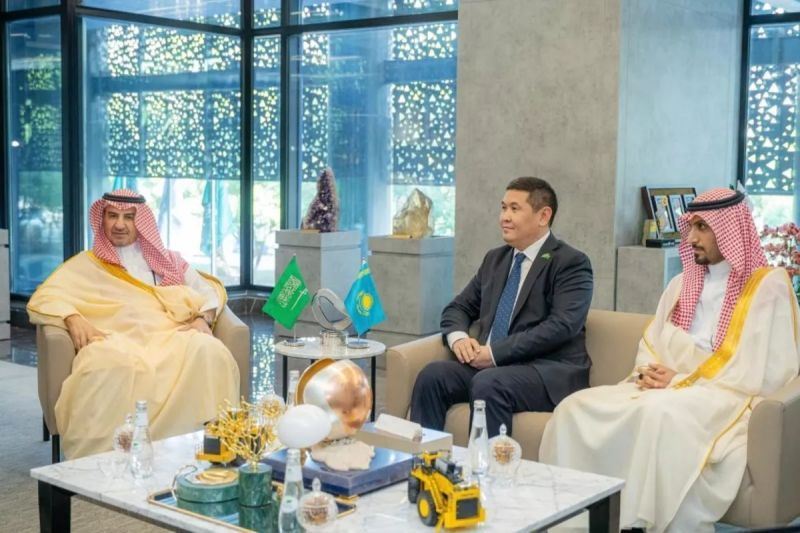
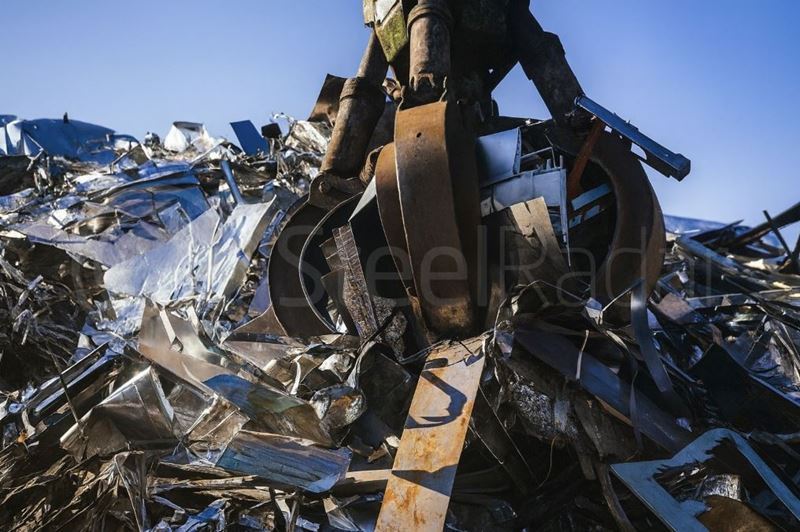
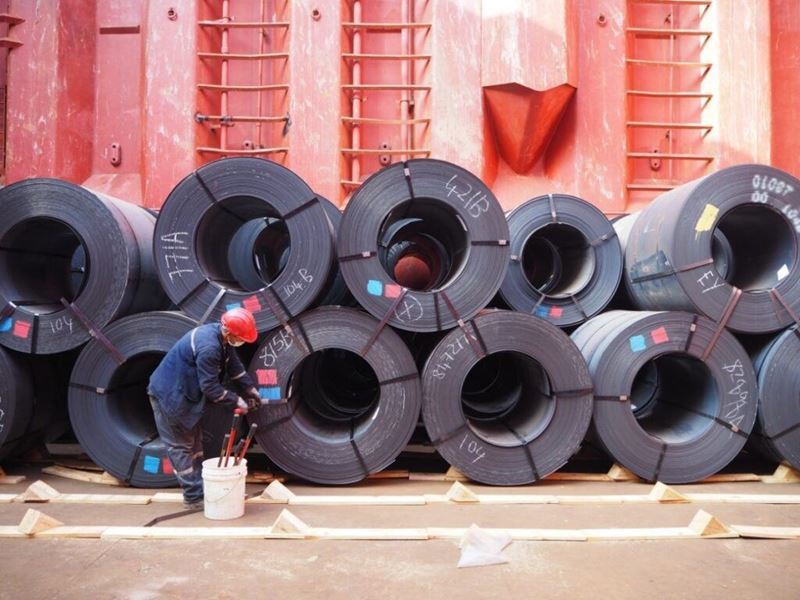
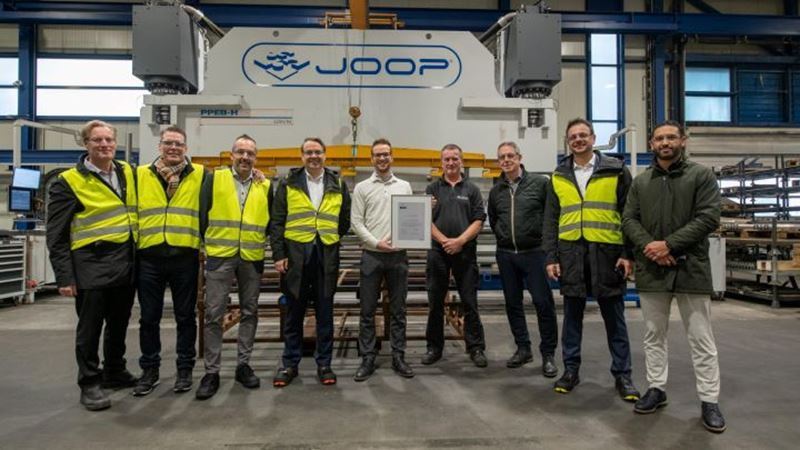
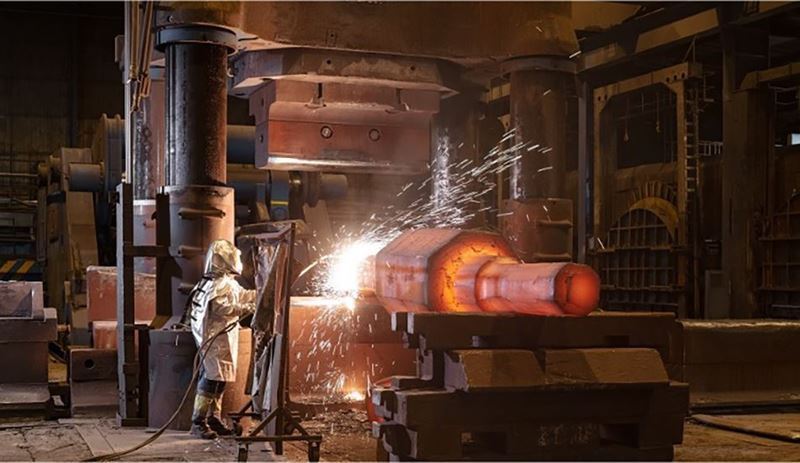

Comments
No comment yet.